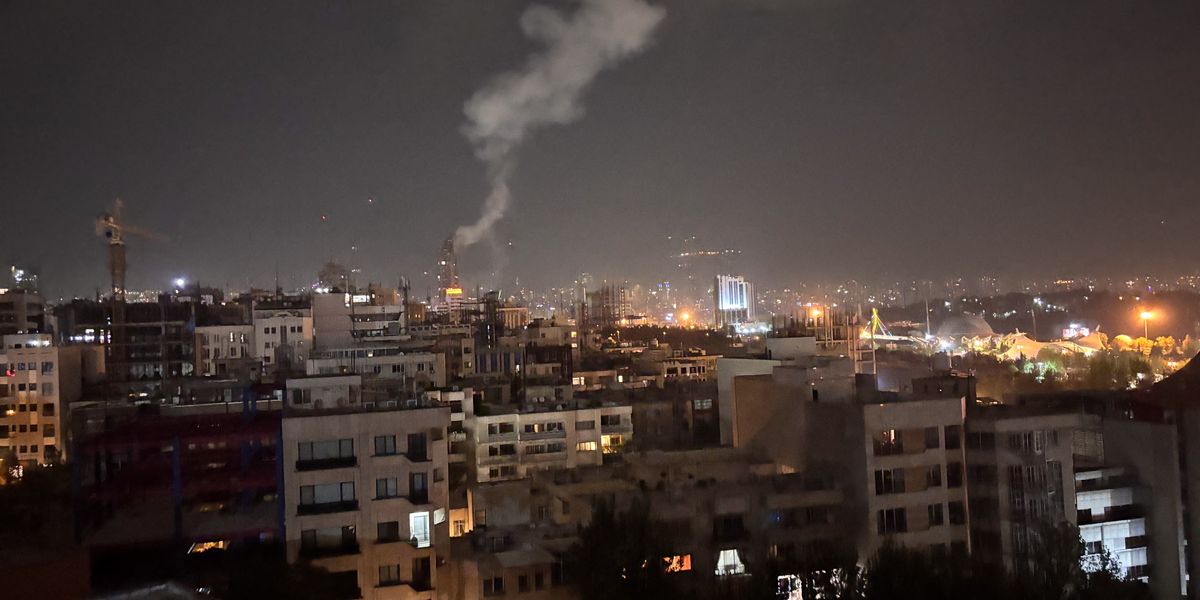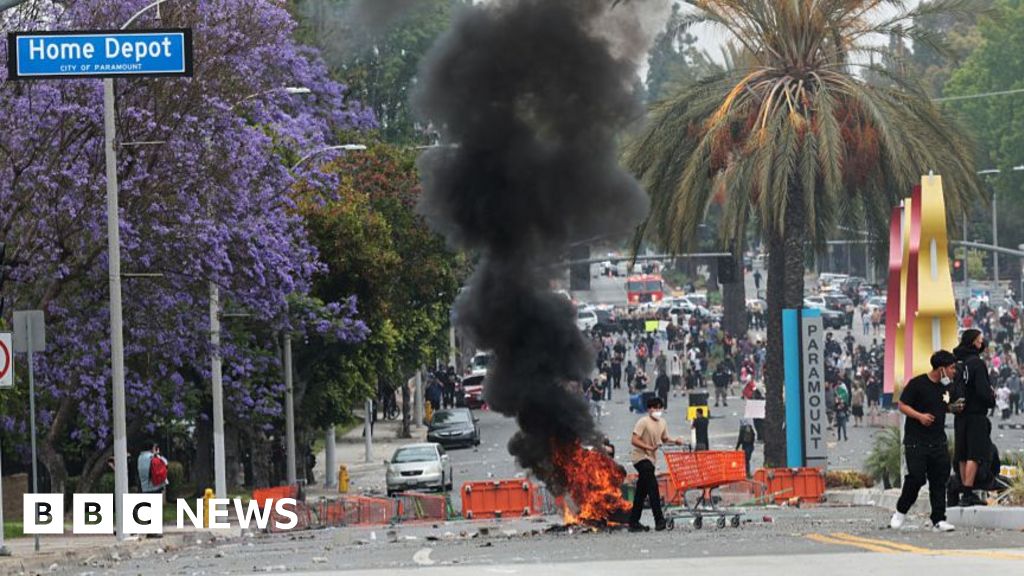JAKARTA, Indonesia -- Indonesia’s rumbling Mount Lewotobi Laki Laki erupted Monday, sending a column of volcanic materials as high as 18 kilometers (11 miles) into the sky, depositing ash on villages and leading to flight cancellations.
The volcano has been at the highest alert level since last month and no casualties were immediately reported.
Indonesia’s Geology Agency recorded an avalanche of searing gas clouds mixed with rocks and lava traveling up to 5 kilometers (3 miles) down the volcano's slopes. Observations from drones showed lava filling the crater, indicating deep movement of magma that set off volcanic earthquakes.
The column of hot clouds that rose into the sky was the volcano's highest since the major eruption in November 2024 that killed nine people and injured dozens, said Muhammad Wafid, the Geology Agency chief. It also erupted in March.
“An eruption of that size certainly carries a higher potential for danger, including its impact on aviation,” Wafid told The Associated Press from Switzerland where he was attending a seminar. “We shall reevaluate to enlarge its danger zone that must be cleared of villagers and tourist activities.”
The volcano monitoring agency had increased the alert status for Mount Lewotobi Laki Laki to the highest level after an eruption on June 18, and more than doubled an exclusion zone to a 7-kilometer (4.3-mile) radius since then as eruptions became more frequent.
By Monday afternoon, at least 24 flights serving between Bali and Australia, Singapore, South Korea were cancelled and many others delayed, while flights on four domestic routes were cancelled, said Ahmad Syaugi Shahab, spokesperson for Bali's Ngurah Rai international airport spokesperson. Domestic flights from Bali to Labuan Bajo were also cancelled.
He said the airport is running normally despite several flight cancellations, as monitoring of volcanic ash movement by 03.30 p.m. local time shows that the volcanic ash due to Mount Lewotobi's eruption had not affected Bali's airspace.
“The safety of our guests and crew is our highest priority and our team of expert meteorologists are closely monitoring the situation and ash cloud activity," a Virgin Australia spokesperson told Australia's ABC News as some of the airline's Bali services were cancelled. Two Qantas flights to Bali from Sydney and Melbourne were severely delayed.
Four domestic flights from El Tari airport in Kupang, the provincial capital of East Nusa Tenggara, to the cities of Maumere and Larantuka on Flores island were forced to cancel, an airport spokesperson said.
Falling ash blanketed several villages with debris and blocked sunlight for almost half an hour, said Hadi Wijaya, head of the Center for Volcanology and Geological Disaster Mitigation, in a statement.
He said volcanic materials, including thumb-size fragments of gravel and ash, were thrown up to 8 kilometers (5 miles) from the crater on Monday. He warned residents to be vigilant about heavy rainfall that could trigger lava flows in rivers originating from the volcano.
Monday’s activities were the result of the accumulation of hidden energy due to a blockage of magma in the crater, which reduced detectible seismic activity while building up pressure that contributed to the huge explosive eruption, Wijaya said.
After an eruption early last year, about 6,500 people evacuated and the island’s Frans Seda Airport was closed.
The 1,584-meter (5,197-foot) mountain is a twin volcano with Mount Lewotobi Perempuan in the district of Flores Timur.
Monday’s eruption was one of Indonesia’s largest since 2010 when Mount Merapi, the country’s most volatile volcano, erupted on the densely populated island of Java. That eruption killed 353 people and forced over 350,000 people to evacuate affected areas.
Indonesia is an archipelago of more than 280 million people with frequent seismic activity. It has 120 active volcanoes and sits along the “Ring of Fire,” a horseshoe-shaped series of seismic fault lines encircling the Pacific Basin.

 3 hours ago
1
3 hours ago
1










 English (US) ·
English (US) ·